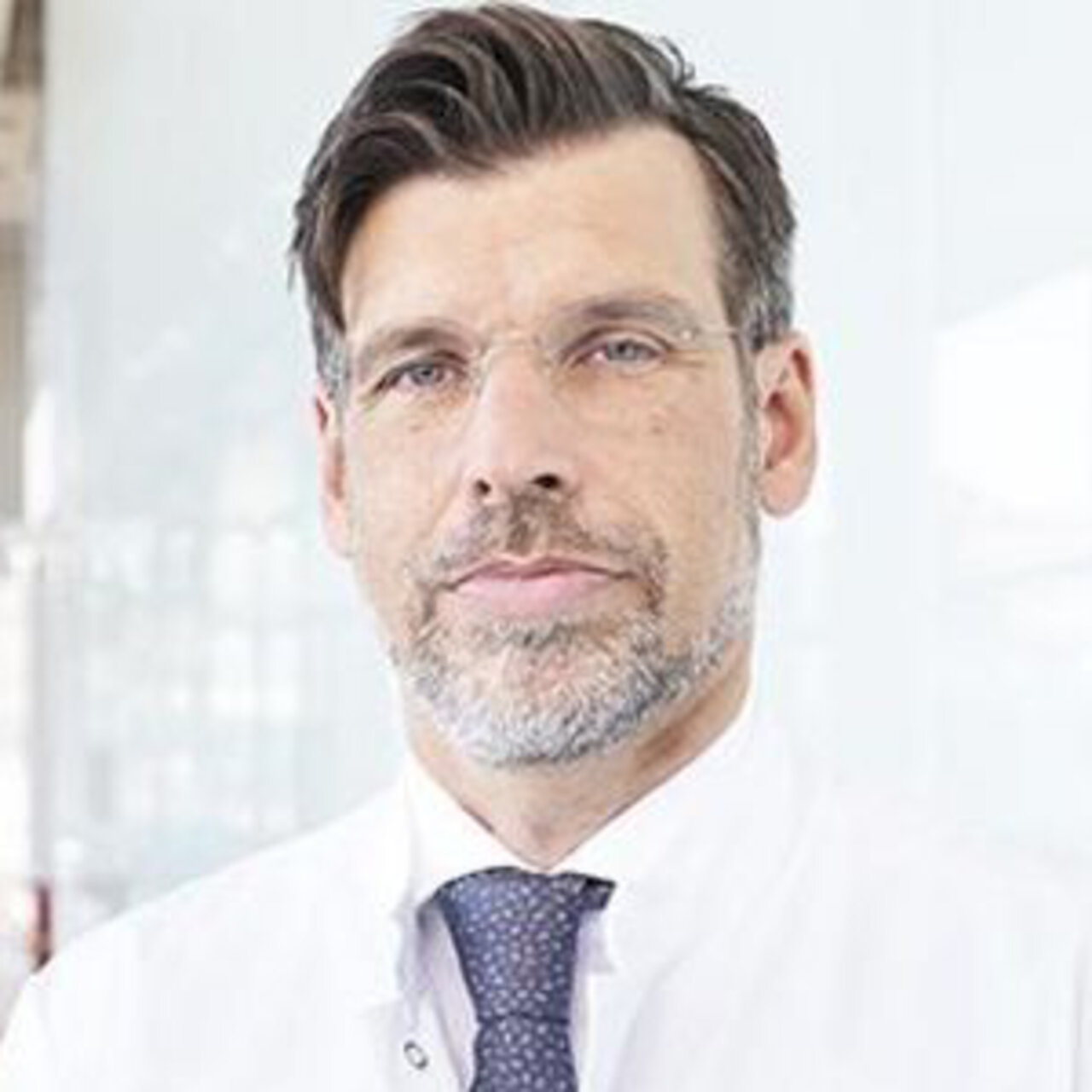Specialists in Strabismus Surgery
3 Specialists found
Information About the Field of Strabismus Surgery
What Is Strabismus?
Strabismus refers to the deviation of one eye from the actual line of vision, which means that only one eye can see an object, but the other eye looks past it. This condition is an imbalance of the eye muscles. Usually, the eyes deviate inward or outward.
Different Forms of Strabismus
A distinction is made between different forms of strabismus. On the one hand, a medical distinction is made according to the direction of the deviation from the usual visual axis, but also - and this is more decisive - according to the cause and extent of this deviation.
The least severe is latent strabismus, which is very common. The eyes' axis deviation occurs only under a lot of stress and effort or under the influence of alcohol. Therefore, this form of strabismus does not require treatment.
Furthermore, there is the concomitant strabismus (the cross-eyed eye accompanies the other one during every eye movement and keeps the same angle). Concomitant strabismus often occurs in early childhood (but is not consistently recognized immediately).
The paralytic strabismus must be distinguished from it. In this case, paralysis of specific eye muscles is often secondary to another underlying disease, so that, for example, one eye is completely motionless.
Strabismus in Children
In children, concomitant strabismus and paralytic strabismus can occur. However, the most common type of strabismus in childhood is concomitant strabismus.
A distinction is made between early childhood strabismus, which occurs within the first months of life (before the final development of binocular/bifocal vision), and late childhood strabismus, which develops after the first year of life. Early childhood strabismus is significantly more common.
Strabismus in Adults
Strabismus can result from either undetected or inadequately treated concomitant strabismus or ocular muscle paralysis in adults.
Strabismus Treatment
Treatment of strabismus focuses on the cause of paralysis. It is attempted to eliminate the underlying disease or problem.
In the case of early infantile concomitant strabismus, conservative therapy is usually applied at an early stage. That means specific eye training, glasses, or taping of one eye (also done to train the crossed-eye eye).
In the case of late strabismus, it is not treated conservatively but continuously operated within the first six months after the development of strabismus.
When Is Strabismus Surgery Advisable?
As mentioned above, surgery makes absolute sense for late strabismus on the one hand and early strabismus. But, on the other hand, if conservative therapy fails.
In the case of late strabismus, surgery is carried out very promptly and in the case of early strabismus, usually, before the children start school. Surgery is also still possible in adulthood.
The procedure of Strabismus Surgery
After a thorough examination of the eyes and informing the patient, strabismus surgery can be carried out.
An attempt is made to correct the imbalance of the eye muscles (for example, by moving the base of the muscles). As a result, the muscles sit on the outside of the eyeball so that the operation does not penetrate the inside of the eye.
The surgery can be carried out under local anesthesia (often in adults) or general anesthesia (often in children). The risks of this surgery are considered low.
Healing Process and Aftercare
During surgery, strabismus may be overcompensated or not enough. This means that strabismus with double vision may still be noticed even after surgery, and a new correction may be necessary.
Otherwise, the patient should avoid heavy exertion after the procedure and not go swimming or sauna bathing, for example, to minimize the risk of infection. Usually, after the surgery, the patient is put on sick leave for two weeks before returning to work.
Which Doctors and Clinics Are Specialized in Strabismus Surgery?
The ophthalmologist is the primary contact person for any strabismus symptom.
We will help you find an expert for your condition. We have checked all listed doctors and clinics for their outstanding specialization in the field of strabismus
Sources:
https://www.amboss.com/de/library#xid=uO0p8T&anker=Z85f8e71b8b4f17db74c655415b8ed548


